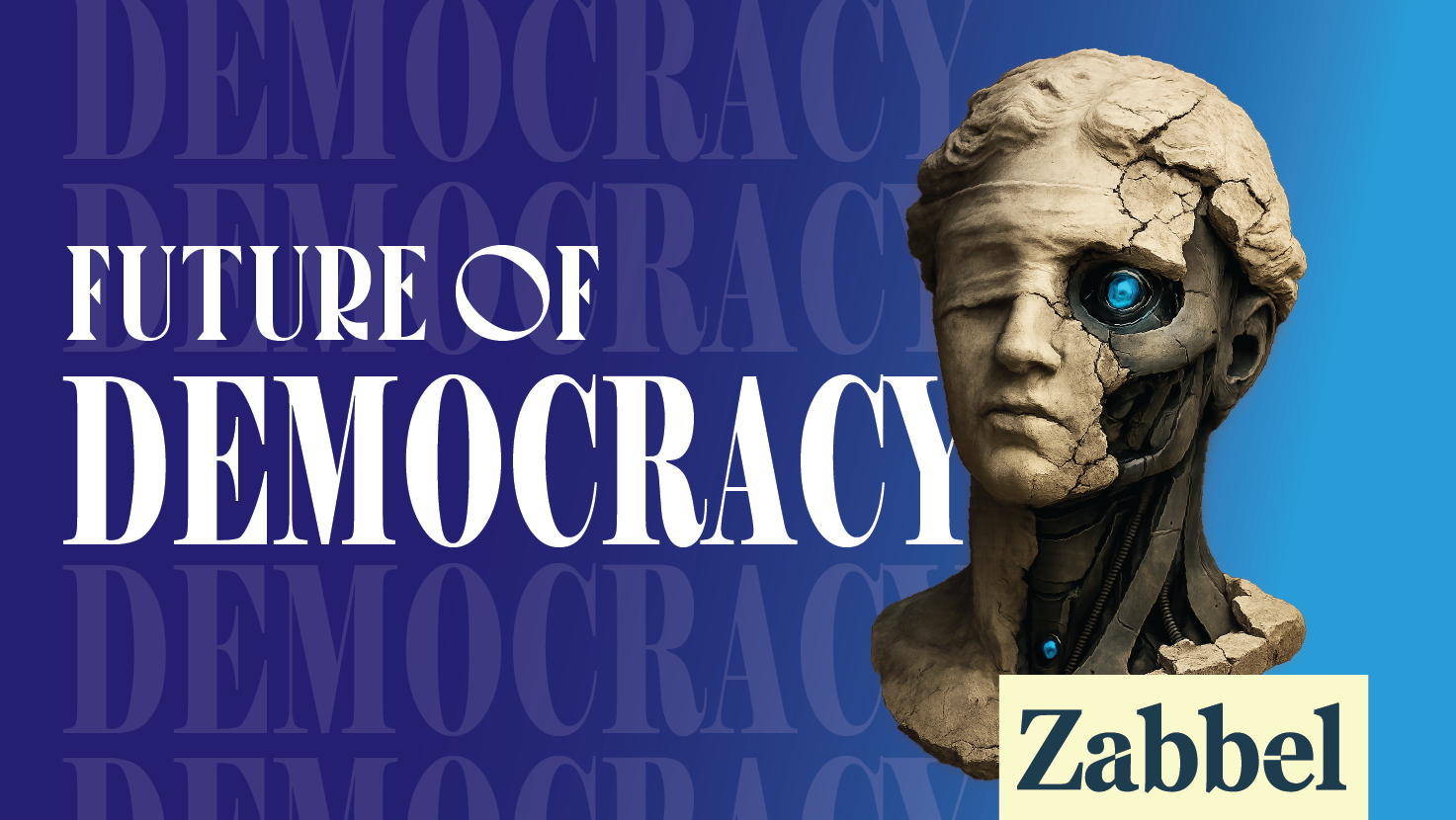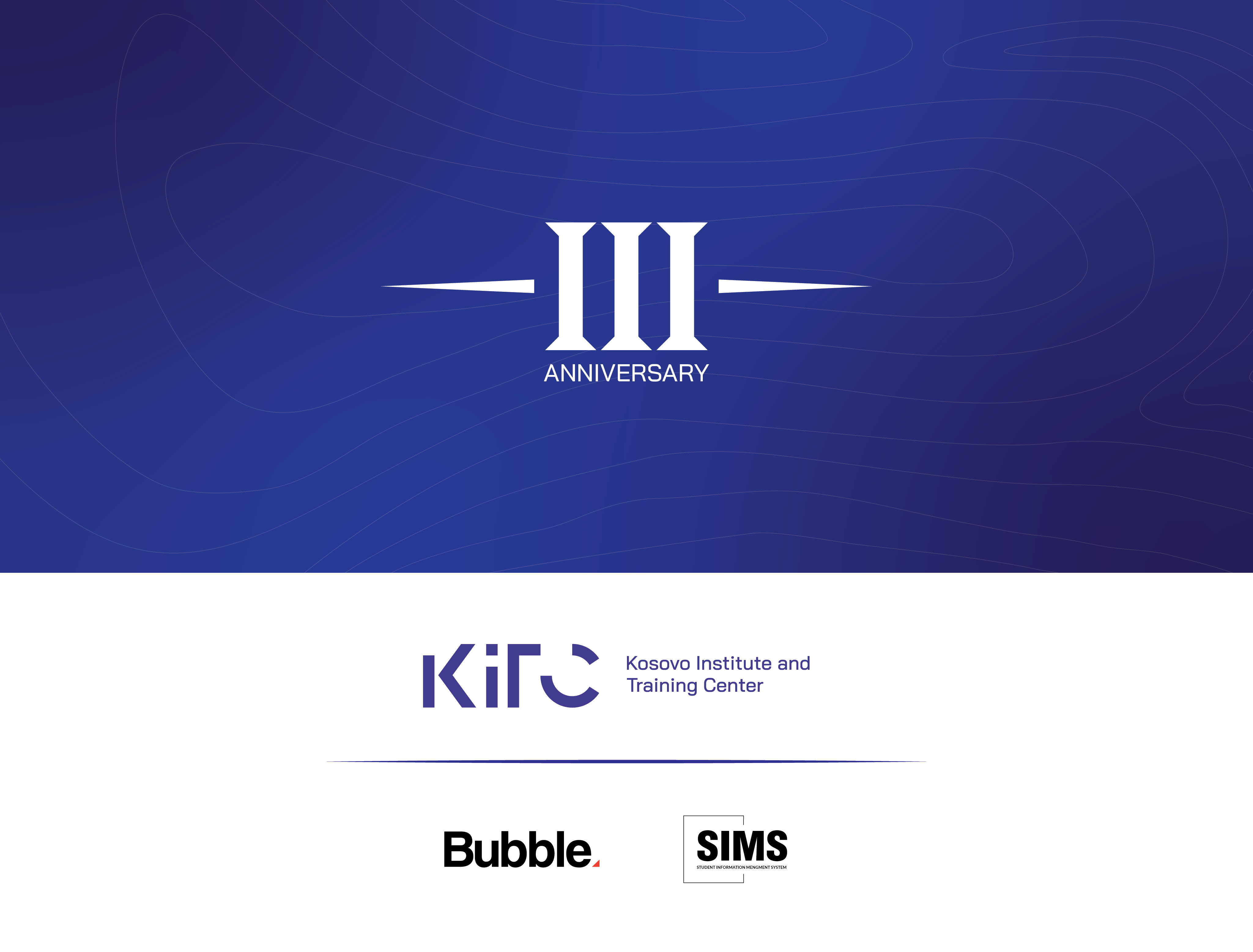Overview Negotiation Skills
The ability to negotiate is important in situations that are personal as well as professional. The ability to negotiate successfully can result in better outcomes and healthier relationships, whether one is going through a business transaction, settling a problem, or just coming to an agreement with others. This extensive manual explores a wide range of negotiating tactics, such as the distinctions between hard and soft bargaining, the value of win-win agreements, and the tactical use of BATNAs (Best Alternative to a Negotiated Agreement). This article tries to provide you with the information and resources you need to become an expert negotiator by using examples from real-world situations.
What is Negotiation?
Securing agreements between two or more parties with shared and opposing goals is the art and science of negotiation. It’s a dynamic process that requires strategic preparation, argumentation, and communication to produce results that satisfy all parties involved. Identifying these interests and choosing a path of action that optimizes results for both parties is the essence of negotiation.
Understanding various Negotiation Approaches
Hard Bargaining: In this strategy, the negotiator uses forceful methods to maintain their position while displaying no sign of readiness to make concessions. Often, the goal is to “win” instead of coming up with a solution that works for both parties. In high-stakes real estate transactions, a buyer may press for the lowest price, regardless of the seller’s circumstances, which is an example of hard bargaining.
On the other hand, soft negotiating places more value on the relationship than the specifics of the agreement. This type of negotiator is more ready to give in and frequently seeks to avoid conflict. Soft negotiating, for example, is more common in family enterprises when sustaining interpersonal relationships is essential.
Win-Win Negotiations
As compared to picking winners and losers, this strategy focuses on coming up with solutions that satisfy the needs of all parties. The negotiation to a flexible work schedule which helps both the company and the employee thereby boosting efficiency and holding onto job satisfaction is a prime illustration of this in the workplace.
BATNA – Best Alternative to a Negotiated Agreement
It’s important to understand and develop your BATNA. It gives you a backup plan that improves your position during negotiations. Knowing you have another offer, for instance, allows you to negotiate more confidently and may even reach better terms when negotiating a job offer.
Getting Ready to negotiate
Thorough preparation is the first step towards successful negotiations:
- Define Your Objectives: Clearly understand what you want to achieve.
- Know Your Limits: Be aware of the minimum outcome you can accept.
- Research: Gather as much information as possible about the other party and the context of the negotiation.
- Develop Your BATNA: Having a strong alternative increases your leverage.
- Plan the Negotiation Tactics: Decide on the approach and tactics based on the type of negotiation and the relationship with the counterpart.
An example of BATNA would be if you are negotiating a new contract with a client and they are only willing to pay $10,000, but your bottom line is $15,000. In this case, your BATNA would be to walk away from the deal and look for another client.
Another example would be if you’re negotiating for a job at firm A and you already have a job offer from firm B worth $50,000 per year, your current BATNA is $50,000 per year. If firm A is willing to offer a salary of up to $60,000, the zone of possible agreement is the salary range between $50,000 and $60,000.
Real-Life Examples of Negotiation
International Diplomacy
The Dayton Accords, formally known as the General Framework Agreement for Peace in Bosnia and Herzegovina, were negotiated at the Wright-Patterson Air Force Base near Dayton, Ohio, in 1995. This agreement ended the three-and-a-half-year-long Bosnian War, which was part of the broader conflicts during the breakup of Yugoslavia.
Business Acquisitions
The acquisition of WhatsApp by Facebook in 2014 is a prime example of strategic negotiation in the realm of business acquisitions. This deal, valued at approximately $19 billion, was one of the largest tech acquisitions of the time and highlighted the importance of understanding and leveraging BATNA (Best Alternative to a Negotiated Agreement) during negotiations.
Background:
WhatsApp, a rapidly growing messaging app with a strong user base worldwide, attracted Facebook’s interest as a potential asset to expand its communication services. The deal was not only financially significant but also strategic, as it helped Facebook solidify its position in the mobile communication market.
Negotiation Insights:
- Understanding BATNA: Facebook recognized the high value and growth potential of WhatsApp as an independent entity, which served as WhatsApp’s BATNA. Knowing this alternative gave WhatsApp considerable leverage in the negotiations.
- Strategic Offer: Facebook’s initial offer had to be compelling enough to persuade WhatsApp’s founders to sell, rather than continue growing independently or consider other offers. The final $19 billion deal included $4 billion in cash, approximately $12 billion in Facebook shares, and an additional $3 billion in restricted stock units for WhatsApp’s founders and employees, vested over four years.
- Mutual Benefits: The negotiation was structured to ensure benefits for both parties. WhatsApp would gain the capital and resources of a major tech company to further its growth, while Facebook would acquire a popular platform with a huge user base, enhancing its overall market dominance.
Outcome:
The negotiation resulted in a deal that was advantageous for both Facebook and WhatsApp. It allowed Facebook to integrate WhatsApp’s technology and user base into its ecosystem, while WhatsApp founders and employees benefited from Facebook’s resources and stock value growth potential.
This acquisition serves as a textbook case of how understanding each party’s alternatives and needs can lead to successful outcomes in high-stakes business negotiations.
Labor Negotiations
Intense talks were involved in the 1998 General Motors strike, and an understanding of BATNA was important. The United Auto Workers (UAW) successfully negotiated improved pay and job security for its members by using their influence, proving the value of well-thought-out negotiating tactics.
In summary
When learned, negotiation is not simply a talent but a necessary tool that can significantly improve a person’s professional and personal lives. Negotiators can achieve more favorable outcomes by understanding and using various negotiating methods, such as hard and soft bargaining, aiming for win-win outcomes, and successfully preparing by developing a solid BATNA.
References
- “Getting to Yes: Negotiating Agreement Without Giving In” by Roger Fisher, William Ury, and Bruce Patton – This book is a foundational text on negotiation, introducing concepts such as BATNA and the principles of effective negotiation.
- “Bargaining for Advantage: Negotiation Strategies for Reasonable People” by G. Richard Shell – This book offers insights into different negotiation styles and strategies, including hard and soft bargaining, and how cultural differences can impact negotiation outcomes.
- “Negotiation Genius: How to Overcome Obstacles and Achieve Brilliant Results at the Bargaining Table and Beyond” by Deepak Malhotra and Max H. Bazerman – This text provides strategies and real-life case studies that demonstrate how to prepare for and execute negotiations effectively.
- “The Power of a Positive No: How to Say No and Still Get to Yes” by William Ury – This book explores how to maintain one’s interests and relationships through the power of a positive ‘no’, a useful concept in both hard and soft bargaining contexts.
- Case Study: Camp David Accords – The Jimmy Carter Presidential Library and Museum – Provides detailed insights into the negotiations that led to the Camp David Accords, highlighting the negotiation techniques used.
- Harvard Business Review – Various articles on negotiation strategies and real-life business cases – The Harvard Business Review is a reputable source for articles on business strategies, including negotiation tactics and real-world business negotiation cases.
Follow us on our social:
LinkedIn | Facebook | Instagram | YouTube







